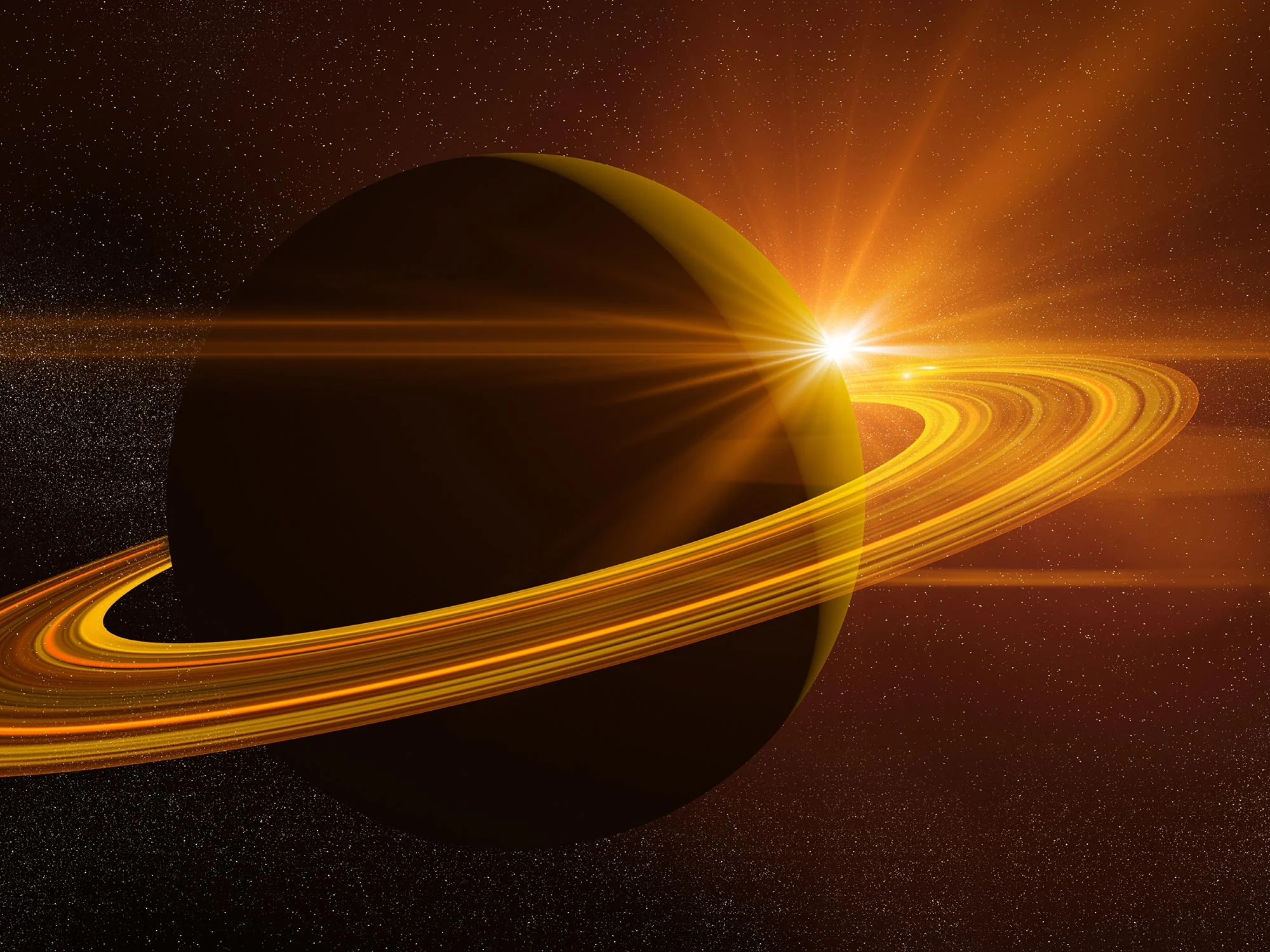Saturn is the only planet in our Solar System that has visible rings. These rings, made up of icy particles, debris from comets, asteroids, and broken satellites, have fascinated scientists and stargazers for centuries. However, recent observations by NASA suggest that these iconic rings are slowly disappearing.

Saturn’s rings are being pulled apart by the planet’s strong gravitational force. Every second, about 10,000 kilograms of ring material rain down onto Saturn’s surface. This constant rainfall is causing the rings to shrink over time. While the exact reason for this phenomenon is not fully understood, scientists believe that Saturn’s gravity is the primary cause.
In the past few years, there has been a noticeable increase in the rate at which the rings are disappearing. However, it will still take millions of years for them to completely vanish. By NASA’s estimates, it may take around 100 million years for Saturn’s rings to disappear entirely.
Despite this gradual disappearance, Saturn’s rings are still visible from Earth. However, this visibility will decrease over time due to the changing positions of Saturn and Earth. By the year 2025, Saturn will be in a position where its rings will be difficult to see from our planet.
Considering that Saturn itself is about 4.5 billion years old, the disappearance of its rings may seem like a relatively short timescale. However, in astronomical terms, 100 million years is still a significant amount of time.
While Saturn’s rings are indeed disappearing, it will take millions of years for them to fade away completely. The process is driven by Saturn’s powerful gravity, which pulls ring particles down onto the planet’s surface. Despite their eventual disappearance, Saturn’s rings will continue to captivate astronomers and enthusiasts for many years to come.
Leave a Reply